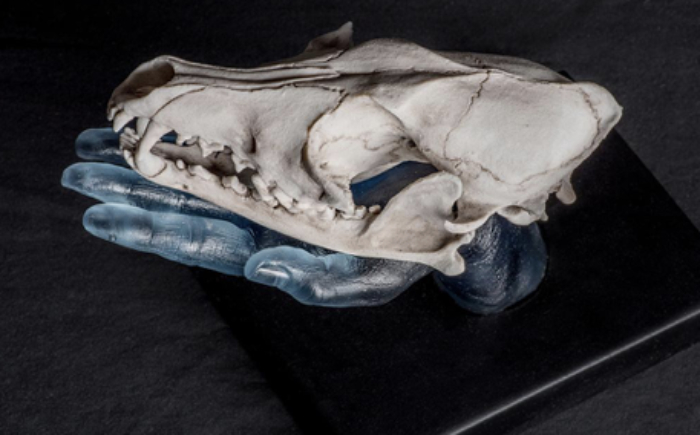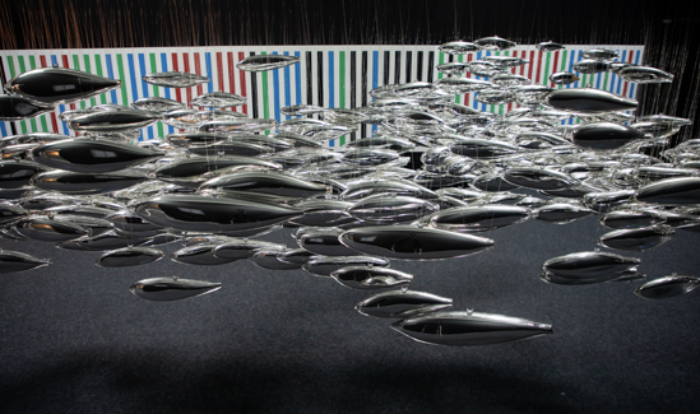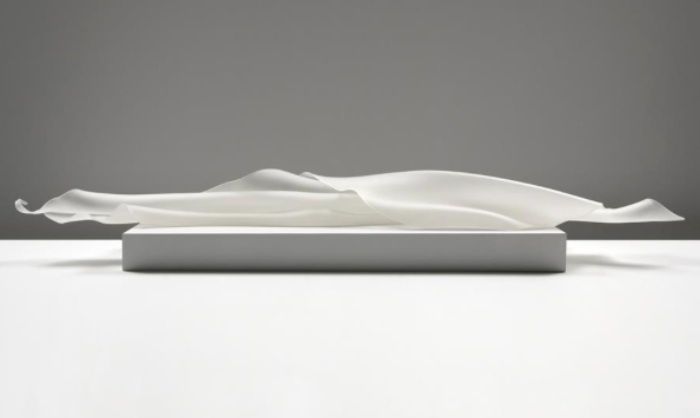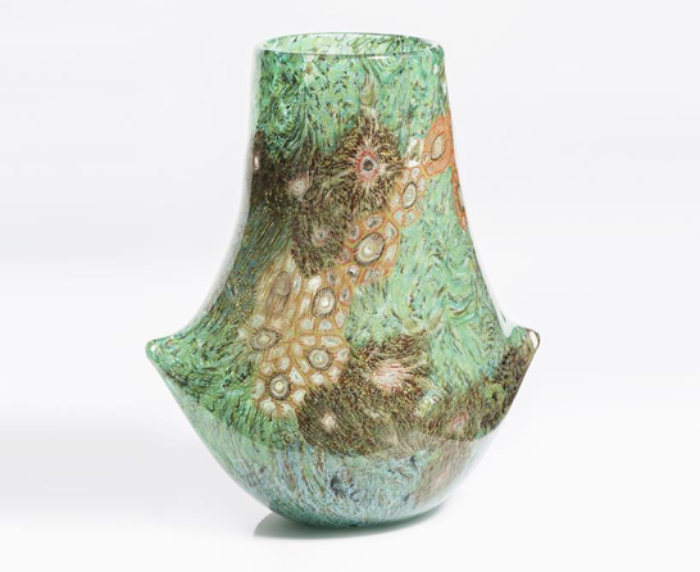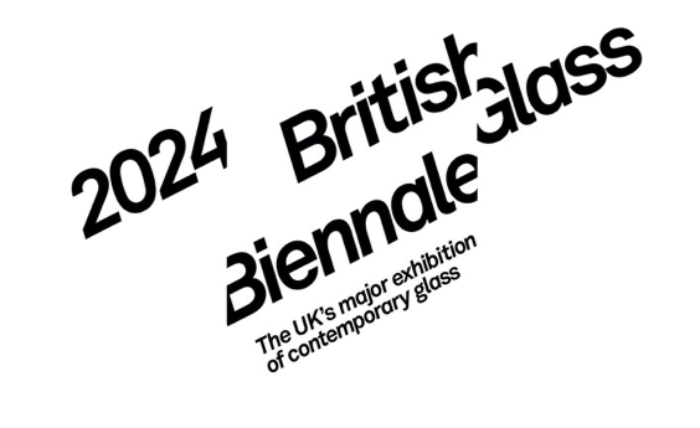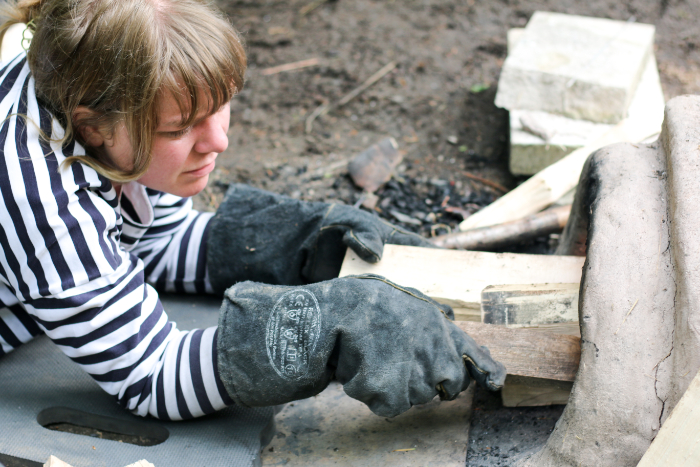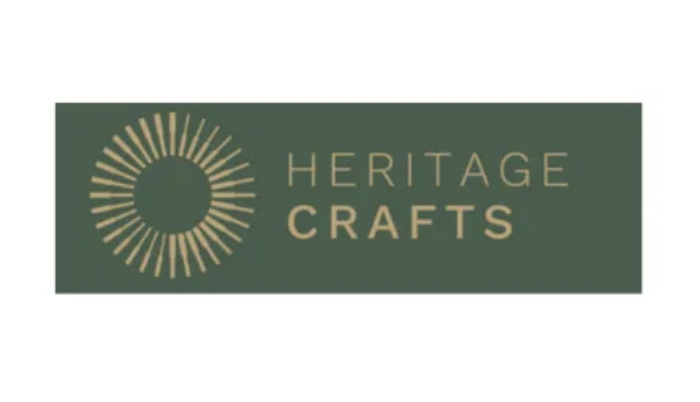A travelling exhibition to raise awareness of the diminishing wild salmon and steelhead fish populations, called ‘The Salmon School’, has returned to The Museum of Glass in Tacoma in the US.
Organized by artist Joseph Rossano and curated by Benedict Heywood, the show is an international, multimedia traveling art performance and exhibition designed to motivate communities to tackle the issues facing salmon populations, and therefore, address climate change. The installation features a life-size school of close to 600 mirrored salmon-like forms, sculpted from molten glass by concerned artists from around the world, and accompanied by first-hand video accounts from renowned scientists, artists, and indigenous peoples. These fragile forms of mirrored glass reflect not only the environment on which the fish depend, but also the viewer: both the cause of the problems confronting salmon today and the solution.
The Salmon School was created and first exhibited in 2019 at Bellevue Arts Museum. At the time, the project was a collaboration between the Museum of Glass, Bellevue Arts Museum, Hilltop Artists, Schack Art Center, Trout Unlimited, Glacier Peak Institute, and Washington Department of Fish and Wildlife. The exhibition, informed by tribal elders from the Upper Skagit Tribe, quantified the diminished state of wild salmon and steelhead populations on the Skagit River.
In November 2021, the project was a keynote presentation at the 26th United Nations Climate Change Conference of the Parties (UN COP26) in Glasgow, Scotland. In partnership with the Missing Salmon Alliance, other wild Atlantic salmon NGOs, and the River Clyde Foundation, eDNA workshops took place on the regenerated River Clyde, where Glasgow is situated.
Rossano commented on the opportunity to exhibit the project in front of world leaders at the conference: “My intention with my work has always been to make meaningful statements that combine material and location, offering a relatable context for the viewer. The idea of exhibiting 0.1% of all the wild Atlantic salmon left in the North Atlantic over the heads of 100% of the individuals who could make a difference for wild salmon and humans was a massive undertaking. Now that it has happened, another level of importance has been added to the project — along with the potential to make real change in the world.”
Subsequently, The Salmon School began to travel. In the summer of 2022, it was exhibited at Balmoral Castle, the private Scottish residence of the British Royal Family. It was the first work of contemporary sculpture to be exhibited at that historic site. With the support of the Balmoral Estate and the River Dee Trust, eDNA collection took place on the River Dee. In winter 2023, with the support of the Atlantic Salmon Trust, the exhibition was displayed at The Macallan Distillery in Speyside, Scotland.
Exhibition curator Benedict Heywood stated, “The Salmon School is a worldwide art and science collaboration aiming to highlight the imminent threat to wild salmon across the Northern hemisphere. As was demonstrated by its inclusion in the United Nations COP26 conference in 2021, the threat of extinction for wild salmon is indicative of the wider impact of the climate crisis. Wild salmon need what we need: cold, clean water. It has been a privilege to so closely work with Joseph Rossano, Museum of Glass, and so many partners and concerned individuals in Europe and North America to realize this artwork and science program. A charismatic sculptural installation of living mirrors that asks the viewer to look and reflect on their own actions in the real world, The Salmon School is an exemplar of the concept that art can change lives.”
The Salmon School continues to offer perspective on the sustainability issues facing wild salmon today, as it returns to the Museum of Glass. Visitors will find an interactive educational experience, and one that is unique to the Museum, as the installation is composed to respond to each distinctive space it occupies.
The Museum of Glass Education Department has partnered with Foss Waterway Seaport and Tacoma Public Schools to offer an education programme to primary school children, sending salmon tanks to schools and allowing students to raise and then release salmon in Swan Creek while learning about the importance of salmon within the ecosystem.
The Salmon School will be on view at Museum of Glass until Autumn 2024.
Learn more about The Salmon School here: museumofglass.org/salmonschool
The Museum of Glass is at 1801 Dock Street, Tacoma, WA 98402, US.
Image: Detail of ‘The Salmon School’ by Joseph Gregory Rossano. Blown and mirrored glass. Photo: C B Bell, courtesy of the artist and Bellevue Arts Museum, Bellevue, WA.
